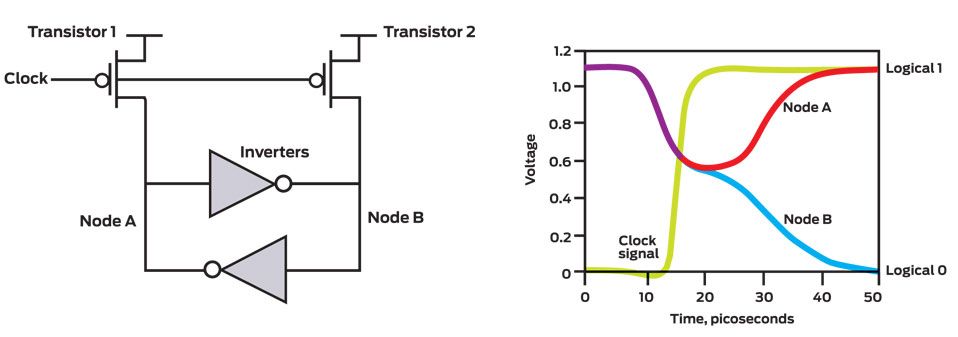The purpose of the OPULS project is to adapt the OPeNDAP and Unidata server systems (Hyrax and TDS, respectively) for greater conformance, linkage, and eventual integration. Over the course of the project, we also hope to demonstrate how each group can capitalize on advances achieved by the other.
In the initial stages of the project, we will focus on data-model and protocol specifications, along with server conformance testing. Although these activities only set the stage for a common server framework, the resulting tests and specifications will immediately enhance the interoperability of the two server systems. We also anticipate that other OPeNDAP-related systems (such as PyDAP) will be adapted by their authors to pass conformance tests put forward jointly by OPeNDAP and Unidata.
This is great news. I've been working a lot on Pydap lately, mostly on tools that extend its functionality — like geospatial search, and more recently an Opendap-aware caching frontend.




